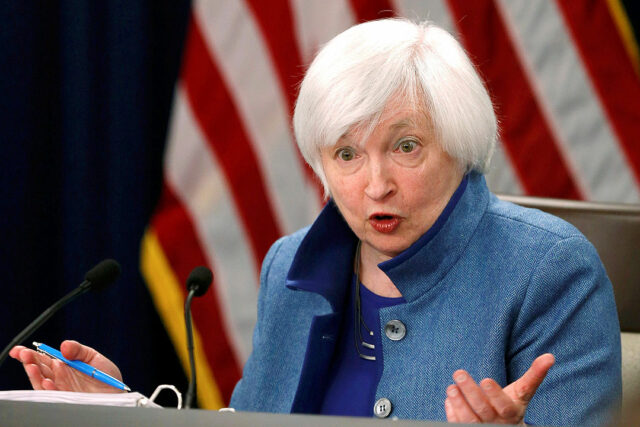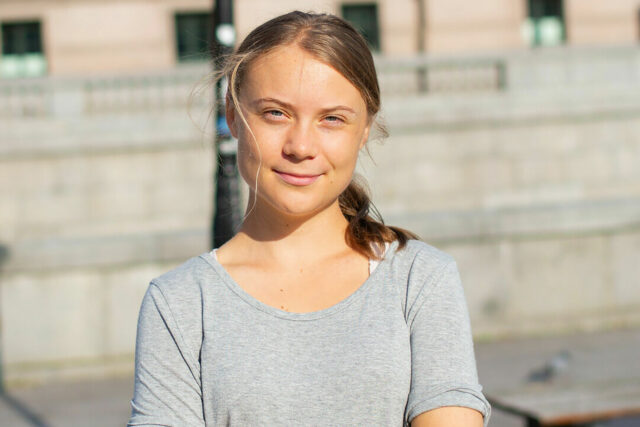Ready to transform your ordinary travels into elevated journeys?
As travels continuously evolve, so does The Travel Club. With over thirty years of being every traveler’s trusted partner and a go-to concept store for all things travel, from luggage and accessories, The Travel Club continues to innovate to enrich every traveler’s experience.
Introducing The Travel Club+, their newest flagship store that aims to add more to travel moments.
Catering to the new breed of travelers’ needs, The Travel Club+ ushers people to a kind of travel that goes beyond the usual.
Meet the Plus
The evolution of their journey begins with a plus.
The new flagship store showcases the iconic The Travel Club logo affixed with a plus symbol, which is stylized like an airplane that’s circling the globe.
However, the “+” is more than just a symbol — it represents their commitment to provide new products that are suited to new ways of travel, gateways to customizing travel experiences, and a home that nurtures a community of travelers.
The “plus” embodies the store’s dedication to making every journey more meaningful.
Step into a Garden-inspired Store
Nowadays, being exposed to the busy world, travelers seek solace wherever possible. This is what The Travel Club+ offers to modern travelers — a comfortable place to find travel essentials amidst surroundings that hint at the tranquility that they desire.
The new flagship store welcomes travelers with a sleek, artistic design that perfectly blends modern aesthetics with minimalist elegance. Modules with a light wood finish and earthy tones inspired by nature give shoppers the feeling that they’ve been transported to the most scenic destinations.
Discover an Ever-Evolving Product Offering
 Explore a wider range of products at The Travel Club+, which is home to premium brands and high-quality travel essentials like Ace, Briggs & Riley, Delsey, LOJEL, Piquadro, World Traveller and more.
Explore a wider range of products at The Travel Club+, which is home to premium brands and high-quality travel essentials like Ace, Briggs & Riley, Delsey, LOJEL, Piquadro, World Traveller and more.
In addition, The Travel Club+ has added curated products tailored to the specific needs and wants of the new breed of travelers, whether for traveling with little ones, with fur babies, for artistic endeavors, or for adventure.
Brands like Ergobaby that produces award-winning ergonomic baby carriers, together with Jet Kids, Baby Zen, Miamily, and Beaba will ease traveling with kids to add more joy and meaning to every family trip.
For fur parents, Vetreska is among the brands that caters functional must-haves to make seeing the world with furry pets even more memorable.
For those traveling for creative inspiration, the flagship store also carries art supplies and stationery brands like Canson, Nara, Pepin, and more.
And for those who seek to add more thrill to their trips, The Travel Club+ features must-haves for every expedition, including innovative and expertly-designed outdoor gear from bespoke Japanese brand Snow Peak as well as stylish and adventure-ready travel wear from Montbell.
The products available at The Travel Club+ are indeed specially curated to cater to the new kinds of travelers who look for more in their journeys.
Own Your Travel
As The Travel Club+ goes above and beyond, they offer the ability to make every journey a uniquely personal experience.
Inside the experiential store is the Custom Corner where travelers can add a personal touch to their luggage and other travel essentials. This area offers people customization to their accessories, including monogramming services, heat press and sticker printing.
The Custom Corner is a wonderful resource for creating thoughtful and personalized gifts, ideal for sharing with customers’ nearest and dearest.
Immerse in Meaningful Moments
The Travel Club+ also hopes to foster community building by providing a space for passionate travelers to come together and share stories and their experiences.
Travelers can also enjoy the rich coffee bean flavors of the world through Everyday Coffee Roasters in a cozy cafe and lounge area where people are free to read about travels, research about communities, and plan their next trips. Here, they can also connect with fellow travelers to share enriching experiences and build a growing community.
At The Travel Club+, your adventure begins the moment you walk through the door and immerse yourself in all that awaits for your next journey.
Ready for the plus experience? Visit The Travel Club+, the new flagship store from The Travel Club at the 2/F Main Wing, The Shangri-La Plaza.
Spotlight is BusinessWorld’s sponsored section that allows advertisers to amplify their brand and connect with BusinessWorld’s audience by publishing their stories on the BusinessWorld Web site. For more information, send an email to online@bworldonline.com.
Join us on Viber at https://bit.ly/3hv6bLA to get more updates and subscribe to BusinessWorld’s titles and get exclusive content through www.bworld-x.com.













 Explore a wider range of products at The Travel Club+, which is home to premium brands and high-quality travel essentials like Ace, Briggs & Riley, Delsey, LOJEL, Piquadro, World Traveller and more.
Explore a wider range of products at The Travel Club+, which is home to premium brands and high-quality travel essentials like Ace, Briggs & Riley, Delsey, LOJEL, Piquadro, World Traveller and more.